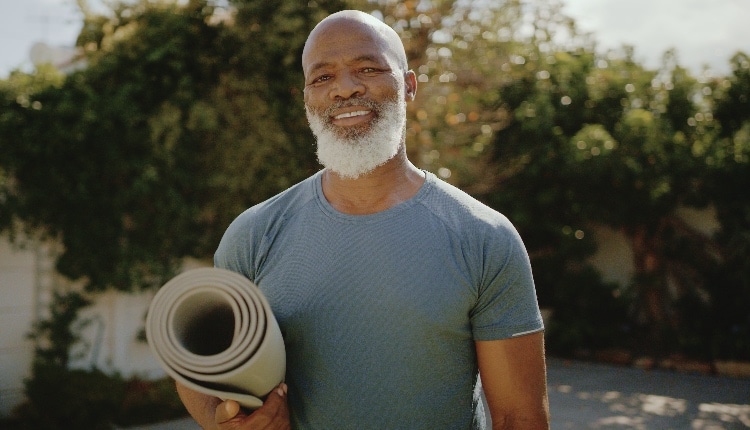The Caries Problem Among Older Adults
The most recent United States census estimates the number of adults age 65 and older is expected to reach 98 million, or 24% of the overall population, by 2060. This demographic change will impact the delivery of both medical and dental care. As the older adult population is retaining more teeth, data trends show that caries risk will also increase dramatically.
A recent National Health and Nutrition Examination Survey found that what percentage of adults age 65 and older have caries experience?
 Dean Mitchell / E+
Dean Mitchell / E+
More than one-third of the US population experiences root caries, and older adults are particularly affected.
 TwilightShow / E+
TwilightShow / E+
Aging adults may experience which of the following?
 FG Trade / E+
FG Trade / E+
Patients with decreased salivary function are at low risk for developing new or recurrent caries.
 YakobchukOlena / iStock / Getty Images Plus
YakobchukOlena / iStock / Getty Images Plus
Menopause also leads to reduced estrogen levels, which can diminish salivary flow, leading to symptoms of xerostomia, burning mouth syndrome, and dysesthesia.
 miodrag ignjatovic / E+
miodrag ignjatovic / E+
Strategies for caries prevention and management include individualized self-care instructions, in-office treatments to remove biofilm accumulation, fluoride treatments, glass ionomer applications, and recommendations for products that stimulate salivary function.
 katleho Seisa / E+
katleho Seisa / E+
In what year did the US Food and Drug Administration approve the use of silver diamine fluoride (SDF) as a dentin desensitizer?
 Eulalia Cayuela Martinez / iStock / Getty Images Plus
Eulalia Cayuela Martinez / iStock / Getty Images Plus
Oral health professionals must be prepared to manage the oral health needs of older adults with complex medical, functional, and dental disabilities.
 Marina113 / iStock / Getty Images Plus
Marina113 / iStock / Getty Images Plus
Share your Results:

